4 Comments
-
BillywrabE
Важно подобрать надежный vps хрумер https://www.olx.ua/d/uk/obyavlenie/progon-hrumerom-dr-50-po-ahrefs-uvelichu-reyting-domena-IDXnHrG.html, который обеспечит стабильную работу программы.
-
WesleyfOb
Pro zákazníky z hlavního města jsou připraveny také betonové střešní tašky v Praze roofer.cz, které lze snadno a rychle získat díky široké nabídce skladových zásob.
-
Danielchoni
Eskort gogoebi https://eskortebi.link/ are available 24/7 to offer exclusive and personalized experiences. Choose from a variety of charming and discreet companions.



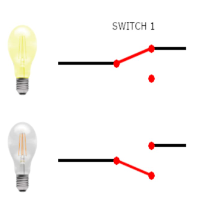
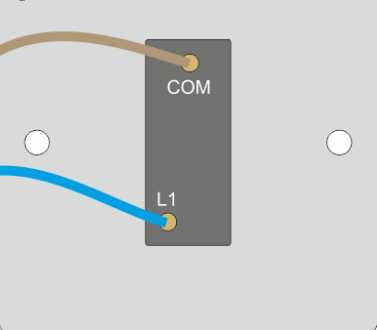


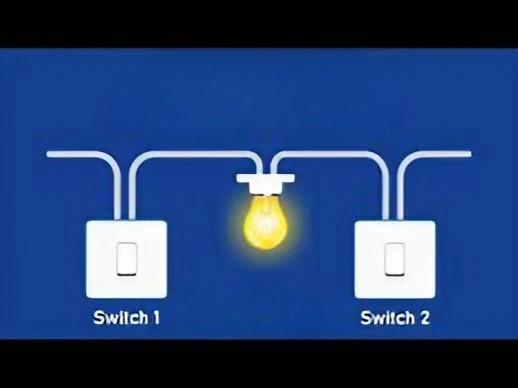
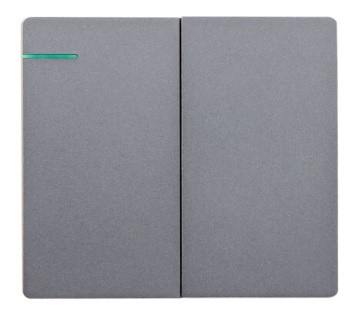
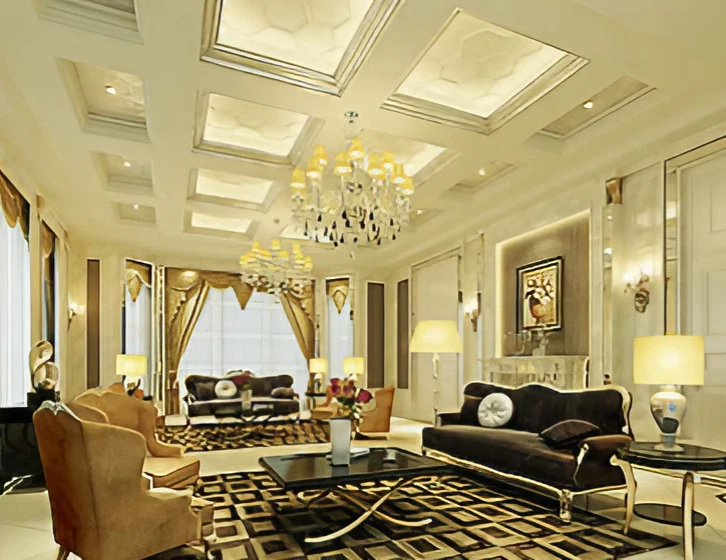
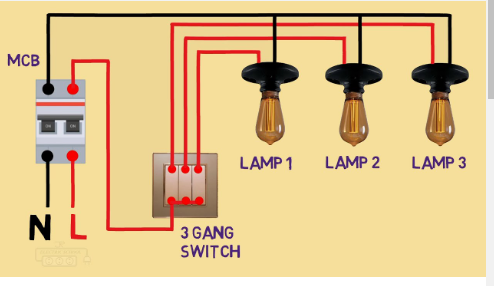
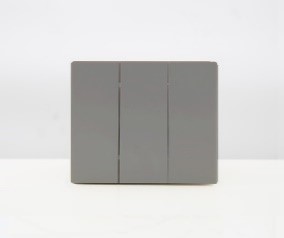
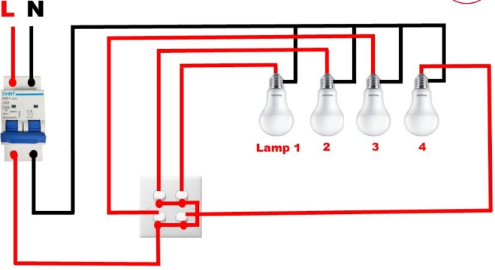
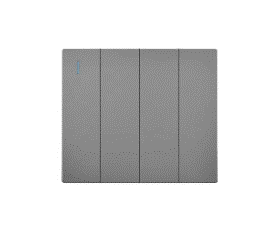
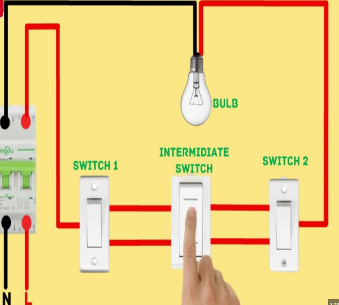
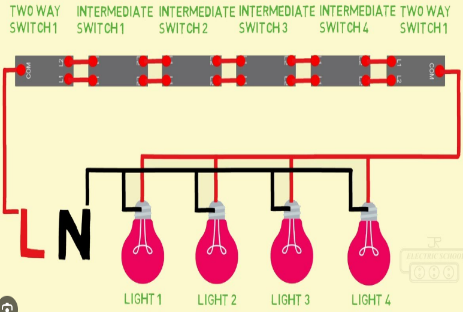
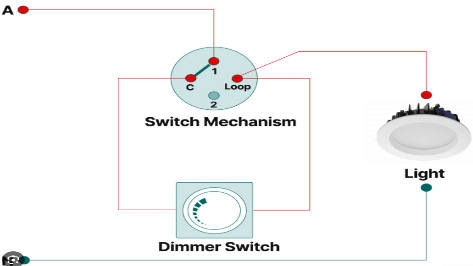
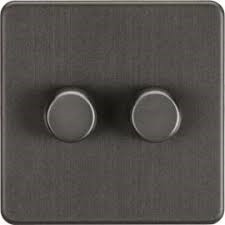
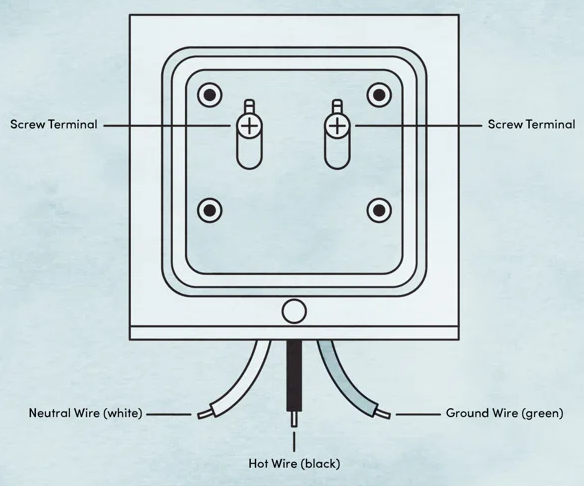
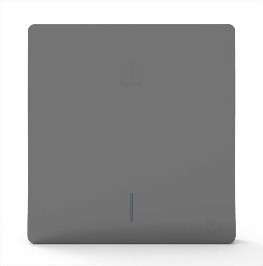
https://Evolution.org.ua/
Fastidious answers in return of this matter with firm arguments aand telling the hole thing on the topic of that. https://Evolution.org.ua/